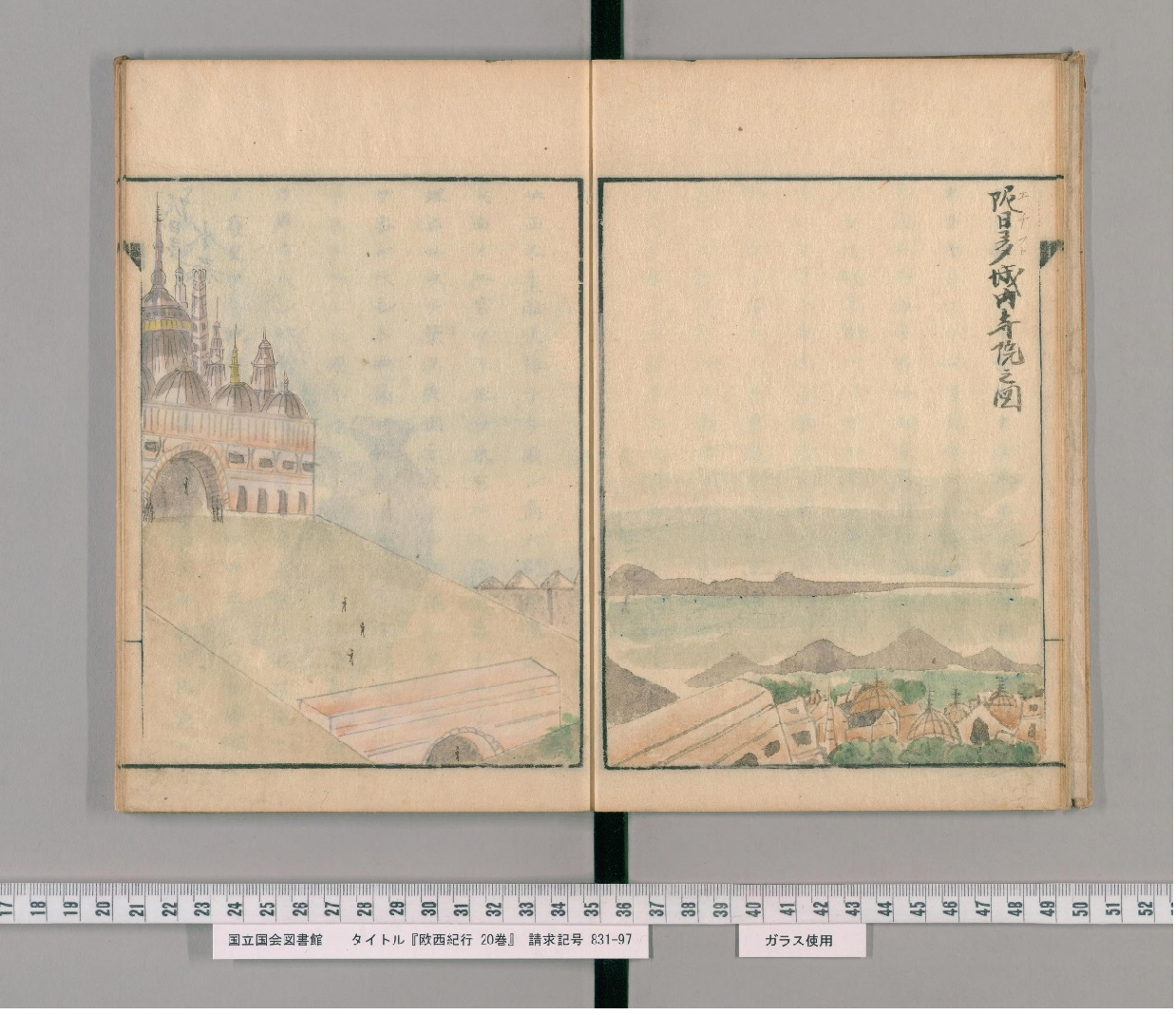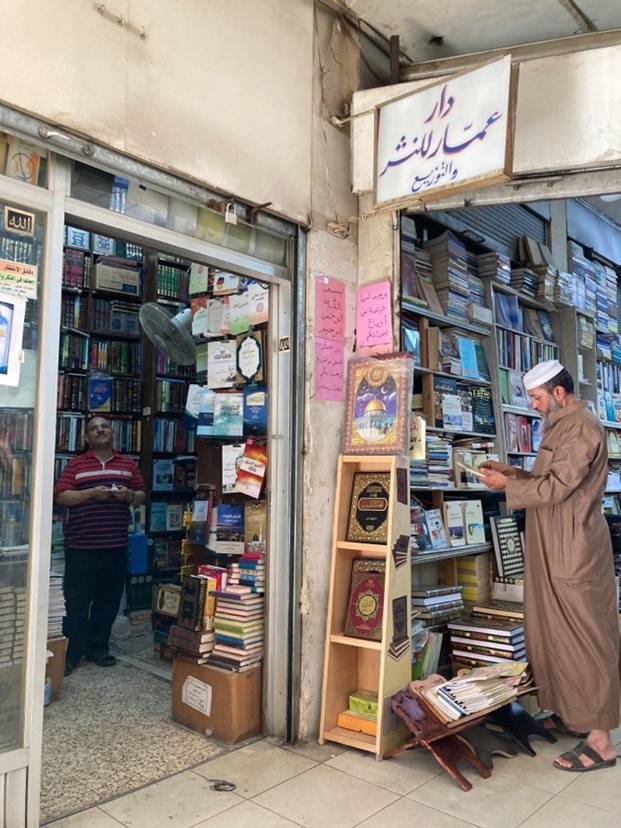Blog #7 “Japanese who met Islam in the last days of Tokugawa shogunate”
2022.02.02
Category: Blog
Author: Kenji Kuroda
It is no longer uncommon for Japanese people to live in the same milieu as Muslims. However, Japanese people may not be deepening their understanding of Muslims and Islam in response. Moreover, while it is important to understand the Muslims who are living nearby at present, it also seems important to ascertain what historical circumstances have formed typical picture of Muslims in contemporary Japan.
My study examines the records of the first Japanese to meet Muslims in the closing days of the Tokugawa shogunate to identify how they viewed Muslims’ religious practices and the relationships between Islam and society, referring to the surviving descriptions of Muslims and Islam. My study explores when and how Islam was encountered in Japan using fieldwork strategies to study the Japanese present at this encounter during the last days of Tokugawa regime.

Photograph of the Ikeda Mission in front of Sphinx Source: Kaleidoscope of Books, National Diet Library, Japan
https://www.ndl.go.jp/kaleido/entry/14/img/05.jpg
A picture of samurai in front of the Sphinx appears in source books for history lessons in junior/senior high school in Japan. The image was taken in a suburb of Cairo in 1864 by Antonio Beato, an Italian photographer, and his subjects were members of the Second Japanese Embassy to Europe, also called the Ikeda Mission, led by Nagaoki Ikeda. When I first encountered this photograph, I was highly impressed by the blend of the Pyramids, Sphinx, and samurai.
However, more people than those in the Ikeda Mission visited the West in the closing days of Tokugawa regime: in fact, hundreds of Japanese visited Western European countries as ambassadors or students studying abroad. These individuals usually crossed the Mediterranean Sea through the Red Sea, but some went via the Cape of Good Hope. As the Suez Canal would not be completed until 1869 and was still under construction, these travelers took a train to Alexandria via Cairo to sail again for Western Europe. In the Red Sea, their ships often called at Aden, in today’s Yemen. Japanese who took a private packet ship would sometimes share passage with Arabs and/or Persians on the route to Suez or Aden. Thus, those Japanese who visited Europe during the final days of Tokugawa shogunate had opportunities to meet people from the Middle East, including Muslims in Egypt, Aden, or on the ship.
The existence of Islam was somewhat familiar in Japan during the Edo period. Arabs and Persians could be met in China in earlier periods, such as the Nara period and the Kamakura period. However, the Japanese regarded Arabs and Persians as people associated with Tenjiku (the historical name for India), a term that had strong associations with Buddhism, as Muslims, Islam, Arabs, or Persians were largely unknown. Even though Muslim merchants were visiting Nagasaki at the beginning of the Edo period, Islam was not yet known as a religion in Japan at that time.
The first person to mention Islam in Japan was Hakuseki Arai, a politician and a Neo-Confucianist. Hakuseki questioned a Catholic missionary who had smuggled himself into Japan after its national isolation policy implemented, and he described Islam using the words Magometan and Huihui in his records. The information gathered by Hakuseki was classified and remained known only by few government officials. In the 19th century, nevertheless, geography books adopting knowledge from the West, where Islam was fragmentarily referred to, were issued. Some books included information on Islam that had absorbed Western prejudices without verification. This trend of understanding of Islam changed only after the Meiji Restoration.
However, Japanese individual who visited Europe in the closing days of the Edo period would have had only fragmentary knowledge of Islam but would also have met believers of the religion. Therefore, if we could obtain knowledge of their records of Islam and Muslim, this would allow us to comprehend Japanese people’s perspective on Islam at first.
The Islamic Trust Studies Project proposes new perspectives for resolving problems of mistrust, polarization, and division that are currently intensifying in the world by elucidating strategies for building trust with other people that Islamic civilization had historically cultivated. However, as this project is based in Japan , it also seems necessary to clarify how Japanese society understood the connectivity historically fostered by Islam.

“Picture of a temple in a castle,” TAKASHIMA Kyuya, Ohsei Kiko Vol. 7 (National Dietary Library, Japan)
On the permission for using the content from “Kaleidoscope of Books”
https://www.ndl.go.jp/kaleido/about.html
On the permission for using the digital contents of “National Diet Library Digital Collections” whose copyright has expired.
https://www.ndl.go.jp/jp/use/reproduction/index.html






